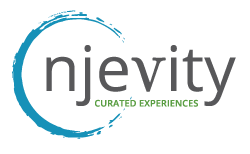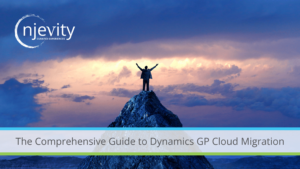Traditionally, when purchasing ERP software, it was common to spend $100,000 or more up front to purchase necessary hardware, software licenses and all the implementation and training costs that came with such a costly enterprise investment.
Before looking at how ERP was purchased in the past, let’s understand the difference between capex (capital expenditure) and opex (operating expenditure). Capex is used by companies to purchase or upgrade assets such as property and equipment. Using capex is typically a major financial decision for a company because it is a major, one time investment that must be maintained for a period of time using opex. Opex, on the other hand, is an ongoing cost used for running or maintaining a fixed asset including products and systems. Costs are spread out over a period of time and financial decision makers are able to justify using money from their monthly operating budget more easily than using capex. We can apply these principles to ERP software which was traditionally a capital expenditure; however, with new technology and Cloud Computing, businesses now have the choice to upgrade systems using capex or opex. Yet, as we will see, the changing economic forces are determining more now than ever, how businesses spend money.
That was then, this is now
Back when the economy was robust, companies were not content to save every penny they have while limping along on outdated ERP software. Today, very few companies even have the reserve capital for such a large upfront investment and if they do, they certainly will not spend it updating software when there is so much economic uncertainty. Their reasons are understandable in wanting to wait for better days before making such a costly investment; however, it is difficult to maximize efficiency managing businesses this way. Ultimately, the market pressures force businesses to choose between research and development or new systems. The question becomes how can businesses streamline operations and improve outdated processes when the economy is forcing them to remain in the status quo?
Business Drivers
Many businesses are holding onto their cash with an expectation to wait for the economy to improve before releasing their cash flow for things like improving software systems. However, with GDP expected to be an average of 2% for the next 10 years, this means that we have to find better ways to invest in infrastructure or get left behind by those who are looking ahead. Adapting to change is a key requirement in business and successful businesses are always moving to improve and adapt. Looking at the graph below, consider how the economic forces are driving capex down while the pressure on the market is increasing. What does this mean for how business will move forward?
More with Less
You can replace your ERP software without jeopardizing your company’s future on such a large capital expenditure by considering moving business applications to the Cloud. By using opex to budget software expenses monthly, you never have to worry about updating hardware, upgrading software licenses or yearly maintenance. CFO’s clearly recognize this as a much more effective approach in moving business forward without the heart attack that comes with using capex to upgrade business applications. It becomes a win-win as you can focus on streamlining operations driving growth and moving forward without breaking the bank in an uncertain economy.
Next week, we will begin to explore how we effectively use Cloud Computing to deploy available applications which will streamline your businesses, maximize efficiency and drive growth in these uncertain times.



